Cry It Out Sleep Training: Is It Harmful?
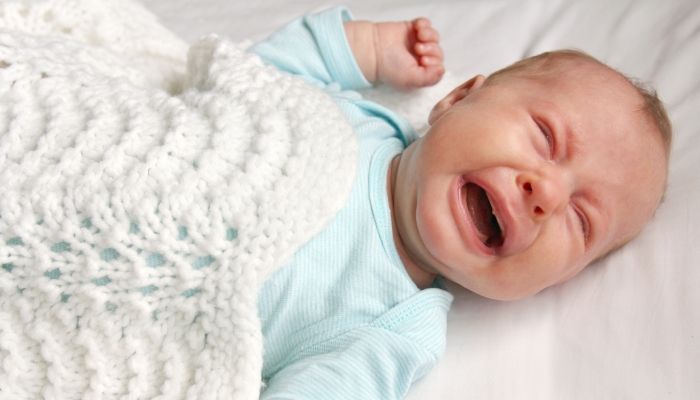
- Cry it out sleep training is a relatively quick solution to sleepless nights
- Most babies are ready for sleep training between 4-6 months old
- Although CIO can be controversial, research shows that a baby with a supportive and nurturing environment is not negatively impacted by stress, such as crying
- Teaching your baby to sleep independently will support healthy brain and body development
I was rocking my son to sleep with tears in my eyes. I was so tired – gut-wrenching, eye-burning, feet dragging, tired.
I had recently gone back to work and my 4.5-month-old son was still waking up in the middle of the night, sometimes multiple times a night.
I was so sleep-deprived that I felt disconnected from my body.
As I rocked him to sleep that evening, I knew it needed to be the last time. I knew we needed to foster new sleep habits so we could both get a good night’s sleep.
I was confident my enjoyment of motherhood depended on it.
Since he was my first child, I had no idea where to begin. My mother said to do one thing. My friends said to do another. My pediatrician guided me one way. The mommy blogs said another.
I was entering the world of sleep training and I had no idea it would be so controversial! If you are like me and have found yourself down the rabbit hole of sleep training, you know that the most contested form of sleep training is the cry it out method.
What Is Cry It Out Sleep Training?
Cry it Out, or CIO, is an extinction sleep training method that involves your baby being placed in his crib awake and left to cry, fuss, or whine for an allotted period of time until he falls asleep.
In its purest form, the cry it out method encourages parents to perform a bedtime routine and then place their baby awake in the crib. They will then leave the room and allow their baby to cry for as long as necessary without returning to tend to the child.
However, there are also graduated versions of CIO in which a parent will return to provide a gentle pat or soothing words after an allotted amount of time. They will continue to return on a timed schedule until their baby is asleep.
The same routine is continued the subsequent night and every night following, creating a consistent routine for their baby.
Each child responds differently, but many families find when the steps are followed appropriately, their baby falls asleep with little to no crying after three or four nights. Sleep training also lessens nighttime waking, because babies learn how to put themselves back to sleep without assistance from an adult.
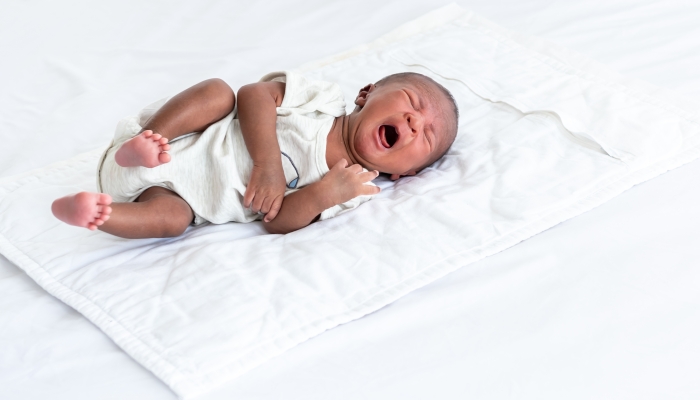
How Does Cry It Out Sleep Training Work?
Cry it out method works by teaching infants that they can sleep without being held, rocked, or fed. It stops the baby from connecting sleep with the parent. Sleep training helps the baby sleep through the night which means more nighttime sleep for the caregivers.
A pediatric sleep expert will say a child is developmentally ready to be sleep trained anywhere between 4 and 6 months of age. At this age, a baby is capable of establishing a regular sleep pattern and most likely doesn’t require nighttime feeds any longer.
The steps for cry it out training can be easier said than done, but the results could be worth the challenge.
Ensure Baby’s Sleep Area Is Safe and Comfortable
Before beginning any method of sleep training, it’s important to have the peace of mind that your baby is safe and comfortable in their crib.
Below are some guidelines from the Centers for Disease Control, for creating a safe sleep space for babies:
- Anytime your baby sleeps, place her on her back.
- Have your baby sleep in the same room as you for the first several months.
- Keep your baby’s head uncovered.
- Use a firm, flat mattress covered by a fitted sheet or tight mattress pad, in a safety-approved crib, bassinet, or playpen.
- Loose blankets, pillows, bumper pads, and stuffed animals should be kept out of baby’s crib due to the risk of suffocation.
- Ensure your baby doesn’t get too hot while sleeping. Sweating, red cheeks, or a hot chest region are all signs your baby may be overheated. Take into consideration the temperature in the room and the season so you’re dressing your baby for sleep appropriately.
Blankets pose a suffocation risk, but keeping your baby comfortable is also important. Many sleep sack options will keep your baby warm and cozy, but not pose a safety hazard.
Once you establish a safe sleep space you will be able to rest assured in your child’s well-being without needing to go in and check on them.
Purchasing a video monitor can also provide peace of mind. Many parents choose to set up a video monitor before sleep training since it will allow them to check in on their child’s well-being without disturbing the process.
Establish a Bedtime Routine
Your bedtime routine has the potential to follow you through your baby’s entire childhood. Establishing a solid one early on can set them up for a good night’s rest for years to come!
Things to consider for your bedtime routine are:
- Read a bedtime story
- Sing the same “bedtime” songs or lullabies
- Warm bath
- Baby massage
- Gentle rocking or snuggle time
- Brush teeth and comb hair
- Turn on dim lights in the bedroom
- Put on pajamas and sleep sack, if applicable
Establishing a pattern of activities that start at the same time each night will help your child’s brain switch to “rest mode,” allowing your baby to learn that this sequence of events means sleep time.
Place Your Baby in His Crib Awake
The goal of the bedtime routine is to make your baby drowsy, but not fall asleep. Once the bedtime routine has been completed, you will place your baby down into his crib awake.
Provide some soothing words, pat your baby gently and say “time to go nigh-nigh” and leave the room. Then the challenge really begins.
Prepare for Crying
No parent wants to hear their baby cry. We are biologically driven to protect and nurture our young, so it is natural to want to intervene when your child is upset.
However, helping your child establish quality sleep patterns is something that will benefit them for the rest of their life. Not to mention the way disrupted sleep impacts your ability to be present and attentive during waking hours.
Everyone benefits when babies sleep.
Most Importantly, Don’t Pick Them Up
I know it may sound harsh, but no matter how hard your baby cries, you can’t go back in until she is asleep.
The CIO sleep training method requires that once your baby is put down in the crib, you do not pick them up again. Supporters of this sleep method claim that ignoring your baby’s cries will teach her that you are not returning to pick her up and she will learn to no longer fight sleep.
There are graduated extinction methods that I’ll discuss further in the article which do allow you to go in and pat your baby on the back or offer soothing words after an allotted amount of time.
Many sleep training methods eventually stand by the one rule though – Don’t pick up your baby.
Criticisms of Cry it Out Sleep Training
Some of you may be saying, “So my baby could be sleeping through the night after just a few days of cry it out method? Sign me up!”
It’s important to know there has been some criticism of the cry it out method. CIO became controversial over the years due to research conducted which showed a baby’s cortisol levels, a stress hormone, were higher in babies left to cry it out than those who weren’t.
The theory is that the increased cortisol levels impact the child’s well-being and development. Toxic stress has been shown to affect behaviors and intelligence in older children, so researchers deduced that the cortisol increase in infants could lead to the same toxic stress outcome.
They advise against all cry it out methods due to the risk of inducing high levels of stress.
Is the Cry It Out Sleep Training Harmful to My Baby?
After scouring through many peer-reviewed studies, I have determined a few things.
Stress Is Not Inherently Bad
A scientific research article conducted by the American Academy of Pediatrics studied toxic stress and its long-term effects. In a summary of the AAP article by the NIL, they outline stress responses on three levels:
- Positive stress response: Mild, infrequent, and essential to growth.
Examples include the first day with a new caregiver, getting vaccinations, or even “tummy time” for some babies. “The child is supported through this stressful event with strong social and emotional buffers such as reassurance and parental protection.”
- Tolerable stress response: More severe, frequent, or unnecessary to growth.
Examples include a parent’s divorce, long-term illness, unstable housing. Even though this type of stress response is more shocking to the system, as long as the child is protected with nurturing relationships and strong emotional support, a baby’s body and organs return to normal once the stressors have been removed.
- Toxic stress response: prolonged, severe, and chaotic
Examples include physical/sexual abuse, chronic neglect, community or home violence. This type of stressor exhibits a failure of the body to recover fully due to its prolonged nature and lack of positive parental attachments.
The difference in how stress impacts a child is the quality of relationship with the caregivers and a nurturing environment.
The Relationship Is What Matters
Many things are stressful to a baby. Being left with a new caregiver for the first time is stressful. Seeing a medical provider is stressful. Constipation and acid reflux are stressful, but these are all accepted aspects of infanthood.
What helps our children endure these stressful moments is simple. It is all the other moments in their lives in which they are loved, held, nurtured, and nourished. It’s the confidence that when the hard moment is over, they will still be loved.
Cry it out method might not be for everyone, but after looking through the research, it seems safe to say that with supportive, emotional attachments, it is not harmful.

Benefits of Cry It Out Sleep Training
More Sleep for Everyone
The number one reason to consider CIO sleep training is to get more sleep. An overtired baby feels miserable and soon those caring for an overtired baby are miserable too.
After just a few days of sleep training, your baby will get more quality, undisturbed sleep.
A sleep-trained baby will fall into a natural sleep cycle which potentially will limit your child’s sleep problems in the future. Not to mention, your baby sleeping better will translate over to you and anyone else in the household getting more quality sleep as well.
It is hard to provide the caring and nurturing environment your child needs when you are sleep-deprived. Excessive tiredness leads to depression, anxiety, and unhealthy habits. Ensuring all caregivers are well rested is a great way to set your baby up with the environment they need to grow.
Teach Baby to Manage Stress
Just like we can’t sleep for our children, we also can’t manage stress for them either.
Since stress is a natural part of life, we must teach our children how to manage it. We do this by not intervening in natural moments of stress, but instead providing the tools and support to manage it themselves.
Your baby can learn to self-soothe once given the time to practice. Some things that can help the self-soothing process are pacifiers, “lovies”, and soothing sounds played in the room.
How Long Will Cry It Out Sleep Training Last?
For most families, the cry it out method works quickly. Many parents find their child is falling asleep within minutes by the third or fourth night of training. On the other hand, it could take up to a few weeks to see the results you want, especially if you struggle to not respond to the crying.
The success of CIO depends on your consistency, with the sleep method being practiced at bedtime and for nap time sleep training as well.
Maintaining a consistent daytime schedule is also important as this helps your child know what to expect throughout the day. This will ensure your baby sleeps and wakes at fairly consistent times.
Cry It Out Sleep Training Alternatives
There are many different sleep training methods out there. Below is a description of some of the most common alternatives:
- The Ferber Method – In this graduated version of CIO, parents set an allotted amount of time to leave their baby to fuss before returning to the room. When the time is up, they will return, but only to provide a gentle pat and reassure their baby before leaving again for another allotted period of time. With the Ferber method, parents are encouraged to not pick up their baby, despite their baby’s cries.
- The Chair Method – In this CIO alternative, a chair is placed next to the crib where the parent will sit and remain by the crib offering reassurances and pats to help their baby to sleep.
- Fading it Out Method – In this method, the caregiver “fades out” the amount of time they spend nursing or rocking their baby to sleep. They will continue with the sleep routine as normal, but every few days they will rock their baby for less and less amount of time until eventually, they are placing their baby in the crib with minimal or no rocking/nursing.
- Pick Up Put Down Method – This method is good for anyone very anxious to let their baby cry it out. Essentially, caregivers place their baby in the crib awake and leave the room. However, they can return and pick up their child after a certain length of time if their baby is very upset. They will then hold their baby until calmed down and then place them back into the crib.
Making the decision to sleep train and then which method to use can be overwhelming. There isn’t a “one-size-fits-all” sort of approach to sleep training. Read the information thoroughly and then choose which is best for you and your family.
Soon enough, your child is going to be asking to borrow the car and staying up all night in a completely different way! Enjoy the ride and happy sleep training!
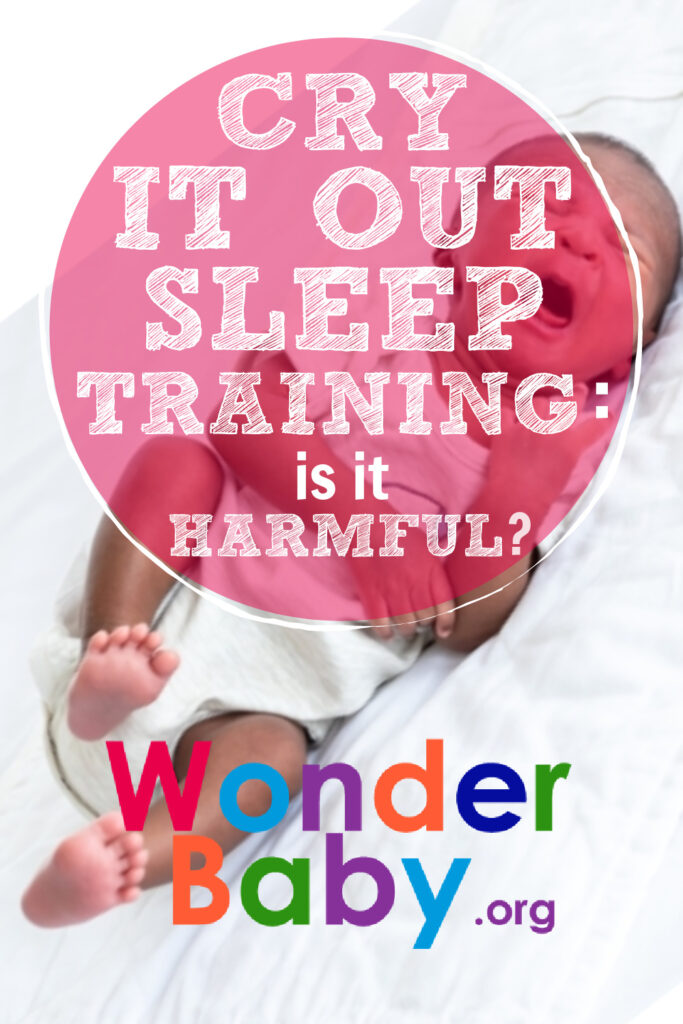
Related Posts
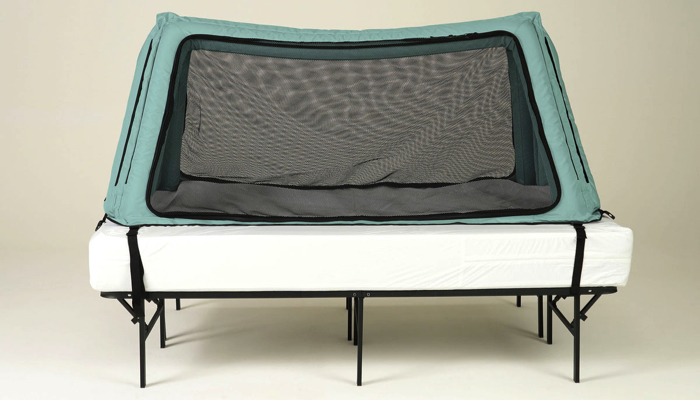
Sleep, Special Needs
Safe Place Bedding Travel Bed Review
Traveling with a special needs child can be stressful! Having a safe, durable, and easy to use travel bed can make traveling so much easier!
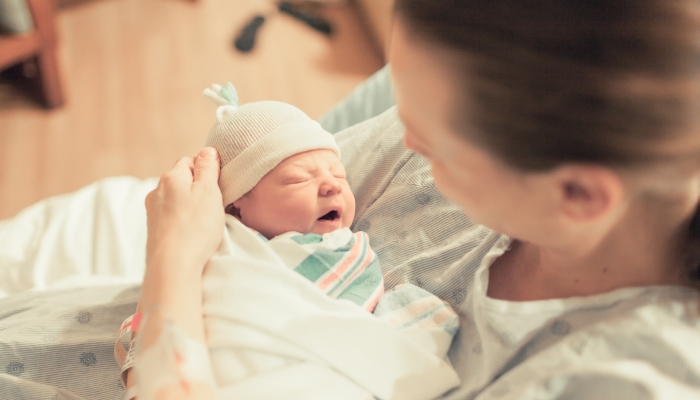
Sleep, Special Needs
Sleep Regimen for Premature Babies: Special Considerations
It can take premature babies much longer than their full-term peers to sleep for long stretches. A preemie sleep schedule may encourage better sleep.
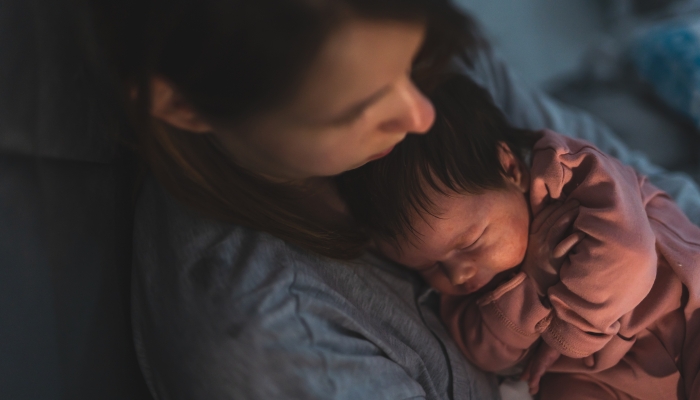
Sleep
Mastering the Bedtime Routine: 3 Tips for a Peaceful Night’s Sleep
From around six weeks, a newborn bedtime routine can help your baby learn the difference between day and night and prepare for a restful night’s sleep.